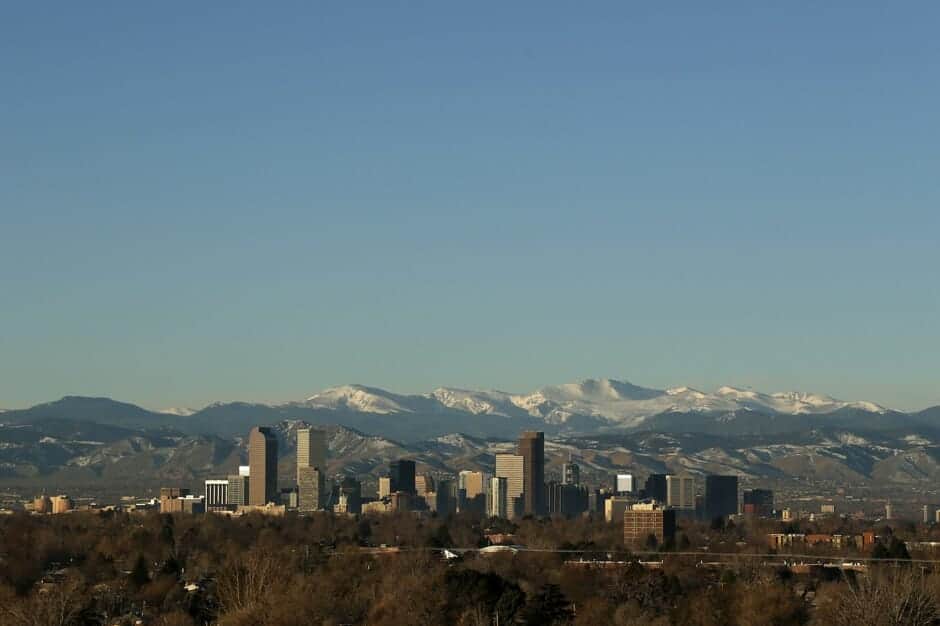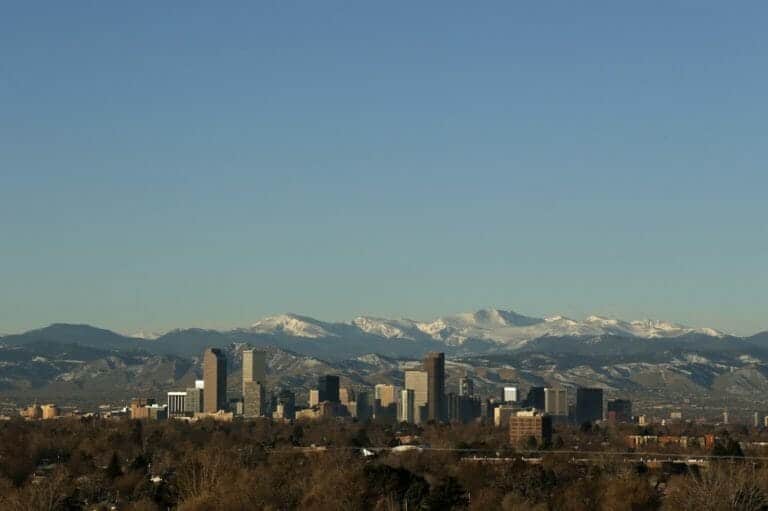Photo: The Rocky Mountains rise behind the Denver skyline. Charlie Riedel/AP
As Western states grapple with drought, Westminster, Colorado, has become a model for its integration of water data into the planning process.
As with so many towns in the West, the history of Westminster, Colorado, can be told through its water supply.
The turning point in that history was the hot, dry summer of 1962. Westminster was already embroiled in a debate over where to source its water when a drought choked the small city, forcing officials to impose a sprinkler ban. Soon enough, residents noticed that the water trickling from their taps was slightly discolored and didn’t smell right. The desperate city had started drawing water from the Kershaw Ditch, a pool it had recently abandoned over treatment issues.
Although the city said the water was “safe, but stinky,” fed-up local mothers were convinced it would make their children sick and raised hell. In what became known as the “Mothers’ March,” more than 100 women gathered at city hall to protest the city’s water management. City-council meetings were disrupted by protesters who would shout questions through open windows, and the mothers flogged petitions on street corners. They attracted enough attention that Dan Rather did a segment on the protests for CBS News.
Four women collect signatures for a referendum that would have […]
Full article: The Town That Extended ‘Smart Growth’ to Its Water
More about water in Colorado:
- Water a focus for growing northern Colorado communities
- Water under Colorado’s Eastern Plains running dry as farmers keep irrigating “great American desert”
- The Colorado River: A Lifeline Running Dry
- To Save Their Water Supply, Colorado Farmers Taxed Themselves
Related content by our editor:



